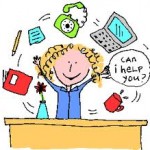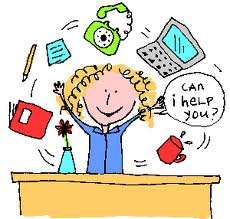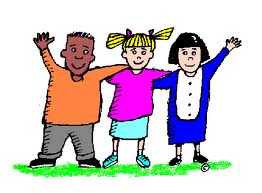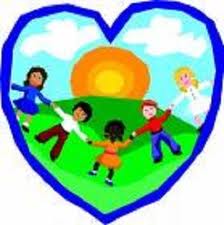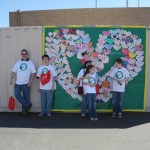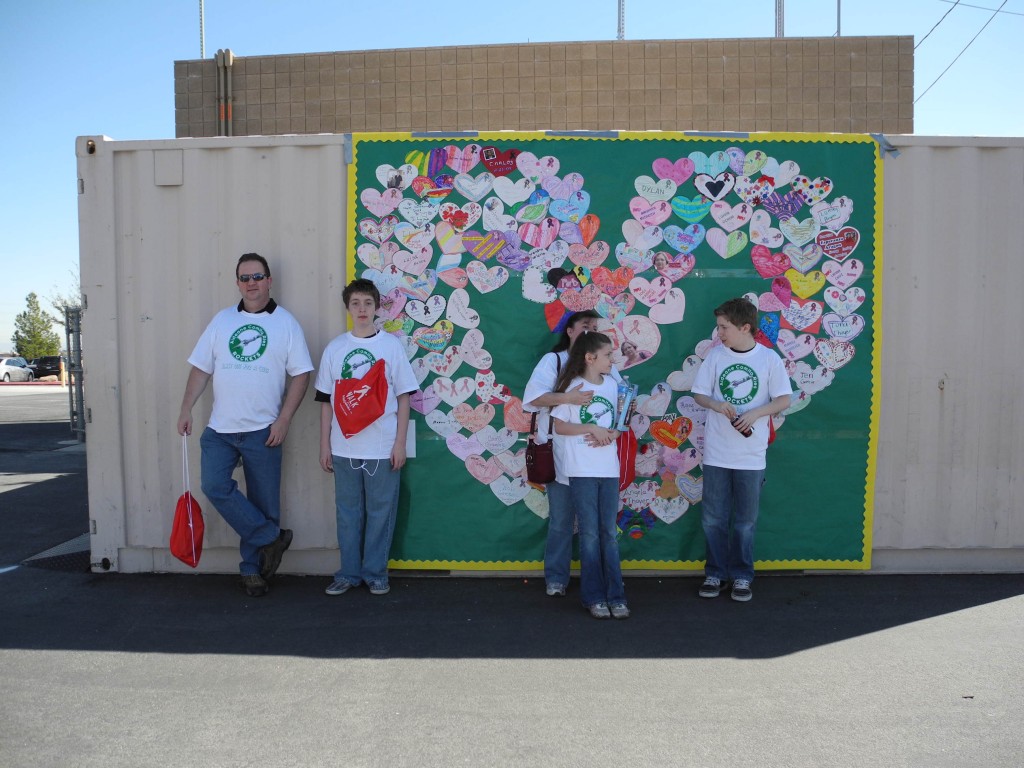I was perusing an old reflective journal from grad school. It is a heartwarming story about teaching and learning about empathy. This is a long forgotten story but one worth sharing. I hope you enjoy this story as much as I enjoyed participating in this activity in my After school program.
1rst. excerpt ; A long-term project has been the topic of discussion for the last month. My fondest hope is to build character and empathy in the children through a donation drive for the homeless shelter. Children learn compassion for fellow human beings through example. Compassion is a positive character trait that becomes an innate quality. It is carried into adult hood. As children grow and seek employment, the ability to be a team player will be non negotiable. No question, literacy is important. It is a major component of positive assimilation into adult society. The concept of team work and empathy our valuable components as well.
Empathy towards co – workers can avail adults the chance of a successful career. These traits are developed in early childhood. My long-term project has a major focus. It will emphasize what power children have when working as part of a team. Children often feel powerless. They often believe they are not capable of achieving anything of worth to adults. Hopefully, by the end of April these children will be equipped with self empowerment skills that will take them far in life. We are designing a giving tree. It sits on the wall by the art center. The children can pick a blank leaf. They may take the leaf home write the item down that they wish to donate to the families at the homeless shelter. When the item of choice is returned to the school, the leaf is placed back on the tree. A box sits by the door waiting to be filled with donations. The parents were asked to let the children pick the item of choice.
Parents may feel that a child’s donation is not the same item they would have chosen. By not coercing the child by choosing the item, parents are instilling choice making skills in the kids. The children are sorting, and packing the items every Friday. I will deliver the items to the shelter. We will add cheery notes and pictures from the school age class to our donation box. The shelter has agreed to let their children respond back to the school age class. These will be memorable pen pals. Lessons will be learned, and a widened understanding of our world will develop.
2nd excerpt: I held a circle today to gain an understanding of how much my young charges comprehend about charitable projects. We have gone over basic concepts such as the definition of a donation, and what kinds of notes we will write to the children. I first asked the children what the definition of a donation is. A child promptly raised her hand. Her definition was quite interesting. The child said a “donation is when we give away things that we don’t like”. This is a direct example of how children access and scrutinize the adults in their life.
This child was mimicking others in her social circle. I responded by explaining that sometimes we donate things that others need. I added that this is a hard thing to do. We may choose a toy for our project. The child may decide that they would like to keep the toy. However, sometimes we need to realize that we have many nice things at home. The one toy we donate may be the only toy this child will own. Some may see this concept as above a child’s cognitive level. If adults take the time to model and explain, children surprise us with their level of compassion. Sometimes they are more empathetic than adults.
The next topic covered was the content of the pen pal letters. I asked the group what we should write in the letters. One child suggested that we write, “I am sorry you do not have a house”. I gently told the group that it was a wonderful sentiment but perhaps we could tell the children at the shelter about our hobbies, names, favorite foods, etc. In actuality, the child’s statement had shown a simple level of comprehension in regards to why families live at the shelter. I believe the children will be shocked when the kids at the shelter write back with similar likes and dislikes. Perhaps the children will find a kindred spirit in the shelter kids. Utopian in thought, no doubt, but doable!
3rd excerpt: I entered class today and assessed the leaves on our giving tree. I have been working long and hard on this project. A mere six leaves contained names of children who had donated to the homeless shelter project thus far. I have broached the components of our project for months. I have written, printed, and dispensed fliers to notify parents of our project. I pondered the idea of passing this project off as a bad idea. Perhaps the utopian lens I view this project through is clouded. I assumed that parents would embrace this project with positive support. After all, it is a unique chance for their children to learn empathy.
Approximately one hour after I pondered canceling the shelter project two families entered with donations. The donations were notable. Diapers, an inflatable infant pool, sandals, shorts, rain boots, and bathing suits, the items were of notable value, and seasonally appropriate for the warm months ahead. I addressed the director about canceling my project. She responded with positive support. The general consensus was that the project was beneficial to my students and the shelter. I was looking at the quantity of donations, and names on the donation leaves. The director reminded me that this project was beneficial in more ways than met the eye. The director reminded me of the many facets to this project. I am teaching the children to step out of the box. They are being challenged to help those in need. The children are learning that our needs are not the only ones to be met in society. One needs to learn to put others before themselves. They will hopefully learn to step outside the insulated bubble some of them live in.
I realize this is a concept that cannot be fully comprehended at the tender age of five, six, seven, and eight years of age. In reality, some of their parents live in a secluded bubble. There is much power to the phrase, “the apple doesn’t fall to far from the tree. Hopefully, I can instill the building blocks for empathetic, action oriented behavior. In years to come, when the children’s brains have developed to a mature cognitive level the memories of this project will guide their maturing brains. Perhaps, a connection will be made. Time and maturity will tell.
The children are learning letter writing skills. They write notes to the children at the shelter which are to be delivered with the donations. I have received approval from the director for the shelter children to write back as long as last names are not used to protect identities. My hope is for the children in my program to make the connection through writing letters that the children at the shelter are composed of flesh, bones, and emotion. Will this connection cause a larger interest in donating to our cause? My fondest wish is to be able to respond with an adamant yes. I will deliver the first shipment to the shelter during the upcoming weekend.
I will persevere, be creative, and not give up on my utopian dream. To assist in the assimilation of future empathetic, open-minded leaders into society! I will take advantage of the plasticity of their young minds and hopefully alter their schemas. If I don’t make an effort, I am not doing my job as an educator.
4th. excerpt: A young girl entered my classroom with some wonderful donations this morning. I was excited to see that she was finally getting excited and wanted to participate. This five-year old child seemed to display great difficulty in grasping the reasoning behind this project. She is extremely bright. She is a came from a wealthy family. Every whim, wish, and desire is granted. She has not been exposed to the atrocities of homelessness at any level. A couple of months ago I had posed a question to the class. I asked if they knew what a donation was. This child raised her hand. She said that donations are things we give away that we don’t like.
I gently explained that donations are given to help people who do not have any money. We try to give away things we no longer have use for. However we always give away things that we would like if we didn’t already own so many nice things. I believed that this child was indifferent to our project. Today would prove me wrong. I would be reminded that assumptions have no place in my class room. As the little girl stood by the donation box, I eyed her hand. It was squeezed into a fist. Something hung out of the end of her tight little fist.
Upon further observation I noticed it was money. I asked the child what was in her hand. She stated that she wished to drop a one dollar bill in the shelter box. I asked her if it was her money, or her parents. She proudly told me that the dollar was from her piggy bank. She had been saving for a new toy. She recalled my comment about poor children that have no toys whatsoever. The little girl dropped the dollar in the shelter box. She said that she wanted a poor child to buy a personal toy with the dollar she gave them. This was one of those days when a catch phrase is appropriate, and validated. That phrase is “and a little child shall lead us”!
Mari N.
